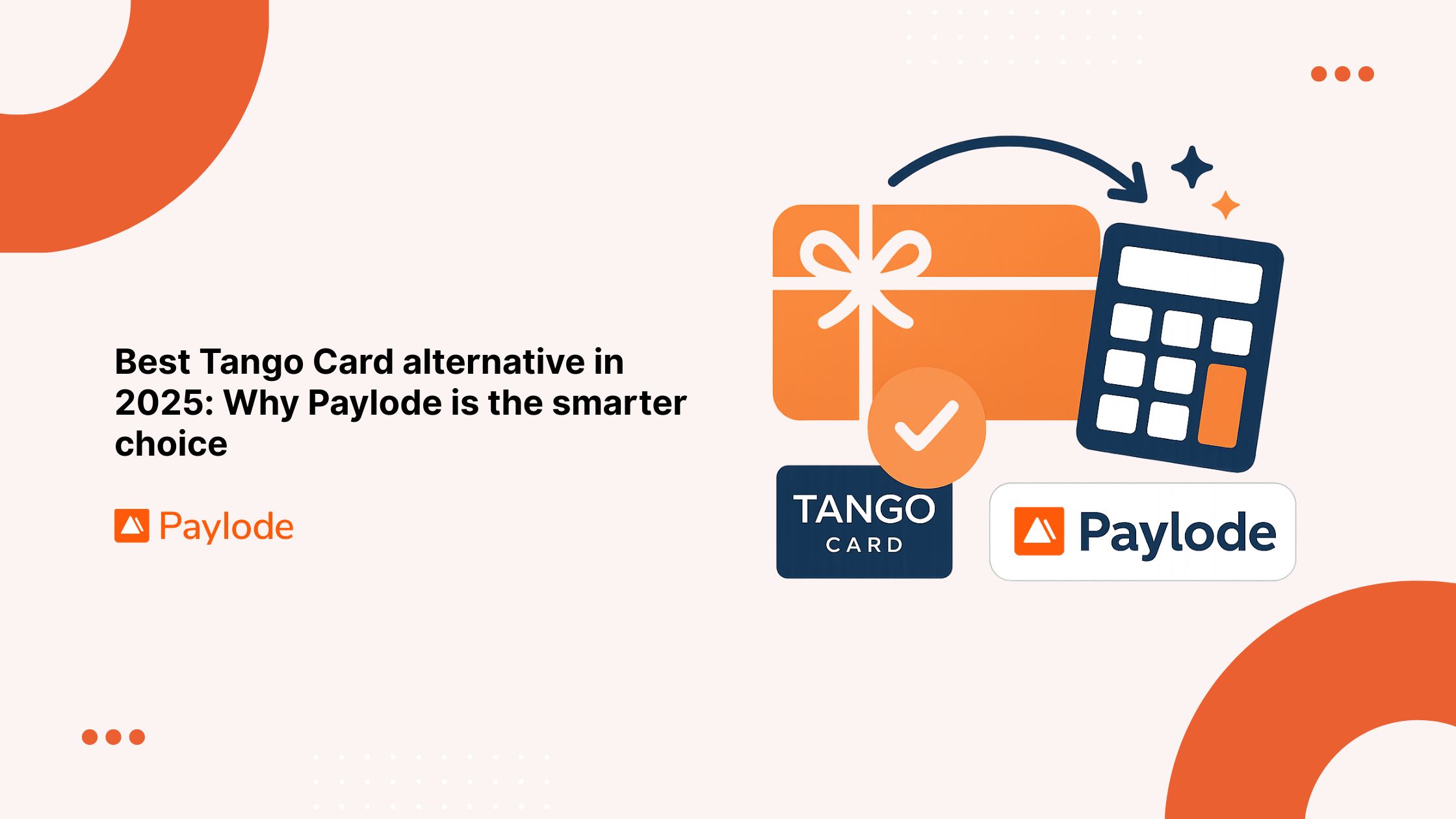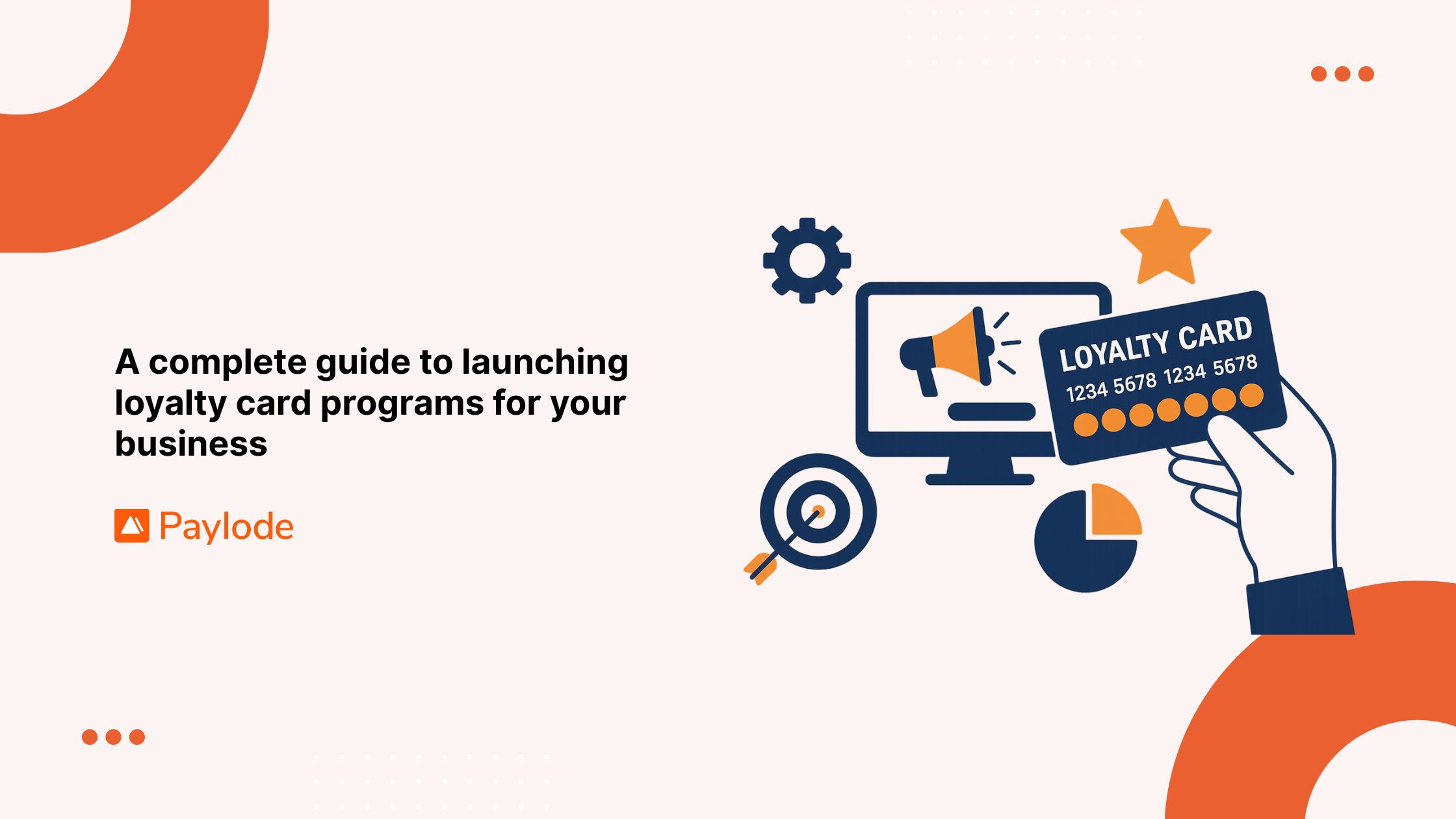In the rapidly evolving insurance landscape, retaining Gen Z policyholders has become a critical priority. This generation, born between 1997 and 2012, represents a significant portion of the market, and their unique preferences and expectations require innovative approaches from insurers. One of the most effective strategies to stand out among competitors and create positive interactions is by offering relevant perks that resonate with Gen Z's lifestyle and values. This article explores how insurers can better retain Gen Z policyholders in 2024 by understanding their characteristics, offering valuable perks, implementing effective retention strategies, and anticipating future trends.
Understanding Gen Z: Characteristics and preferences
Who is Gen Z?
Gen Z, also known as the iGeneration, consists of individuals born between 1997 and 2012. This generation is characterized by its diversity, digital fluency, and social consciousness. They are the first true digital natives, having grown up with smartphones, social media, and instant access to information. Understanding these defining traits is crucial for insurers aiming to engage and retain Gen Z policyholders effectively.
Digital fluency and tech-savvy nature
Gen Z's digital fluency sets them apart from previous generations. They are comfortable navigating online platforms, using mobile apps, and engaging with digital content. This tech-savvy nature means they expect seamless digital experiences from their insurers, including user-friendly mobile apps, online policy management, and instant customer service.
Value-driven mindset: Sustainability, transparency, and social responsibility
Gen Z is known for its strong value-driven mindset. They prioritize sustainability, transparency, and social responsibility when making purchasing decisions. Insurers that demonstrate a commitment to these values through eco-friendly practices, transparent policies, and community involvement can build stronger connections with Gen Z policyholders.
Importance of personalization and customization
Personalization is key to engaging Gen Z. They expect tailored experiences that cater to their individual needs and preferences. This extends to insurance policies, where customizable coverage options and personalized communication can significantly enhance their satisfaction and loyalty.
The importance of offering relevant perks
Relevant perks for Gen Z go beyond traditional discounts or loyalty points. They encompass benefits that align with their values and enhance their lifestyle. This could include eco-friendly initiatives, access to wellness programs, or exclusive experiences that reflect their interests and priorities.
How perks can enhance customer experience and satisfaction
Offering relevant perks can significantly enhance the customer experience and satisfaction for Gen Z policyholders. These perks create a sense of value and appreciation, leading to increased engagement and loyalty. For example, perks like discounts on sustainable products or access to fitness programs can resonate with Gen Z's interests and promote positive interactions with their insurer.
Case studies of successful perk-based retention strategies in other industries
Financial services:
- Jetty: Jetty has successfully leveraged Paylode to enhance the rental experience for its customers. By offering personalized perks such as discounts on moving services and renter's insurance, Jetty aligns its offerings with the needs of Gen Z renters, boosting customer satisfaction and loyalty.
Real estate:
- RentRedi: RentRedi launched a tenant perks program through Paylode, providing renters with exclusive discounts on home services and everyday essentials. This program creates a more attractive and supportive living environment for Gen Z tenants, enhancing retention.
- Streetlane Homes: Streetlane Homes offers a comprehensive perks program through Paylode, providing residents with discounts on home improvement services and access to community events. These perks foster a strong sense of community and loyalty among residents.
By offering relevant perks that cater to their customers' interests and values, these companies have successfully implemented retention strategies that boost customer loyalty and satisfaction.
Identifying valuable perks for Gen Z policyholders
Discounts on sustainable products and services
Gen Z values sustainability and environmental responsibility. Offering discounts on sustainable products and services, such as eco-friendly home goods or renewable energy solutions, can attract and retain Gen Z policyholders who prioritize these values.
Access to financial education and wellness programs
Providing access to financial education and wellness programs can address Gen Z's desire for knowledge and self-improvement. Workshops on budgeting, investing, and mental health resources can enhance their overall well-being and create a positive association with their insurer.
Community involvement and social responsibility initiatives
Gen Z is socially conscious and values community involvement. Insurers can offer perks that support social responsibility initiatives, such as volunteering opportunities, donations to environmental causes, or partnerships with non-profits. These initiatives can build a sense of purpose and loyalty among Gen Z policyholders.
Implementing perk-based retention strategies
Understanding what perks resonate with Gen Z requires thorough market research. Surveys, focus groups, and social media analysis can provide insights into their preferences and expectations. This data can guide the development of perks that genuinely appeal to Gen Z policyholders.
Leveraging data and technology to personalize perk offerings
Personalization is key to engaging Gen Z. Insurers can leverage data and technology to offer personalized perks based on policyholders' behaviors, preferences, and needs. For example, using data analytics to identify trends and tailor rewards can enhance the overall customer experience.
Partnering with brands and organizations that resonate with Gen Z values
Collaborating with brands and organizations that align with Gen Z values can enhance the appeal of perk offerings. Partnerships with eco-friendly companies, wellness brands, or tech innovators can create unique and attractive perks that resonate with Gen Z policyholders.
Communicating the value of perks effectively is crucial. Insurers should use channels that Gen Z frequents, such as social media, mobile apps, and email newsletters, to market their perk offerings. Clear and engaging messaging that highlights the benefits and aligns with Gen Z's values can drive engagement and retention.
Measuring the Impact of perk-based retention strategies
Key performance indicators (KPIs) to track success
Tracking the success of perk-based retention strategies requires the identification of key performance indicators (KPIs). These can include metrics such as retention rates, customer satisfaction scores, engagement levels, and the number of perk redemptions. Regularly monitoring these KPIs can provide insights into the effectiveness of the strategies and areas for improvement.
Customer feedback and satisfaction surveys
Gathering feedback directly from Gen Z policyholders is essential for understanding their experiences and preferences. Satisfaction surveys, feedback forms, and social media engagement can provide valuable insights into how perks are perceived and their impact on retention.
Analyzing retention rates and customer loyalty metrics
Analyzing retention rates and customer loyalty metrics can help insurers gauge the effectiveness of their perk-based strategies. Metrics such as customer lifetime value, renewal rates, and the frequency of perk engagement can provide a comprehensive view of the impact on customer loyalty.
Adjusting strategies based on data and feedback
Continuous improvement is key to successful retention strategies. Insurers should use data and feedback to refine their perk offerings, address any issues, and adapt to evolving Gen Z preferences. This iterative approach ensures that perk-based strategies remain relevant and effective.
Overcoming challenges in retaining Gen Z policyholders
Addressing potential barriers and misconceptions
Retaining Gen Z policyholders can come with challenges, such as misconceptions about insurance or perceived lack of relevance. Addressing these barriers through education, transparent communication, and demonstrating the value of insurance can help overcome these challenges.
Ensuring privacy and data security
Gen Z is highly aware of privacy and data security issues. Insurers must ensure that their digital platforms and data handling practices prioritize security and privacy. Building trust through transparent data practices can enhance retention efforts.
Balancing cost and value of perks
Offering valuable perks while managing costs is crucial for insurers. Finding the right balance between cost and value ensures that perk-based strategies are sustainable and provide meaningful benefits to Gen Z policyholders.
Keeping up with evolving trends and preferences
Gen Z's preferences and trends are constantly evolving. Staying updated with the latest trends, technology advancements, and societal shifts is essential for maintaining relevant and appealing perk offerings. Regularly reviewing and updating perk strategies ensures they stay aligned with Gen Z's changing expectations.
Future trends and innovations in Gen Z retention
Emerging technologies such as artificial intelligence, blockchain, and the Internet of Things (IoT) have the potential to revolutionize insurance and customer retention. AI-driven personalization, blockchain-based transparency, and IoT-enabled smart policies can enhance the value and appeal of insurance offerings for Gen Z.
Gen Z's values and expectations are likely to continue evolving. Future trends may include a greater emphasis on mental health, increased demand for ethical practices, and a preference for digital-first experiences. Insurers must stay attuned to these shifts to remain relevant and appealing.
Retaining Gen Z policyholders requires a deep understanding of their unique characteristics and preferences. By offering relevant perks that resonate with their values, leveraging technology for personalized experiences, and staying attuned to future trends, insurers can build stronger relationships with this important demographic. Implementing effective perk-based retention strategies, measuring their impact, and continuously adapting to changing preferences will ensure long-term customer loyalty and a competitive edge in the insurance market.
If you're ready to incentivize Gen Z insurance customers to renew, upgrade, or more, please contact us.



